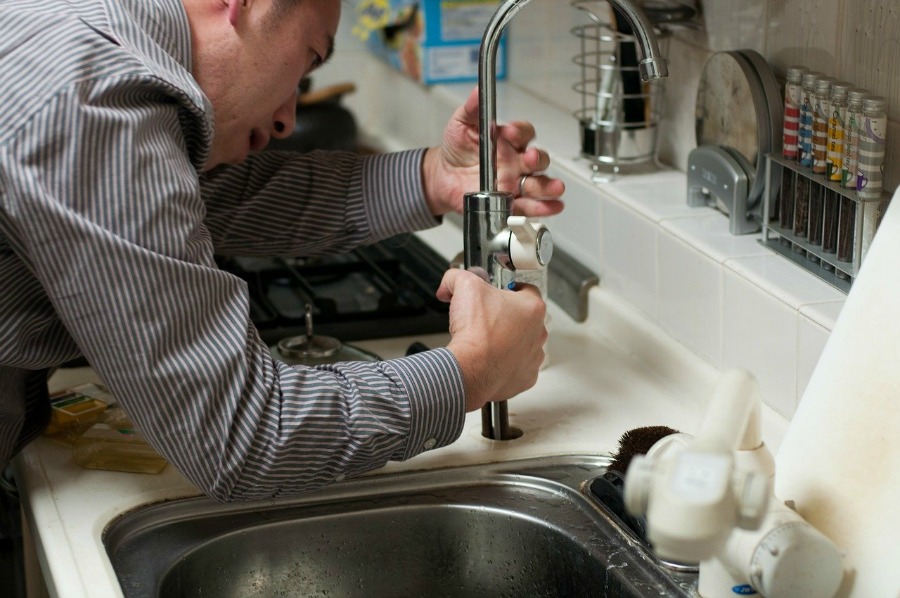If your kitchen sink suddenly has no pressure, the first thing you should check is the aerator. This small piece at the end of the faucet can often get clogged with debris and mineral buildup, causing a decrease in water flow. Simply unscrew the aerator and clean it out with a toothbrush and vinegar. This should help restore the water pressure.Check the aerator
If the aerator is not the problem, the next step is to check the water supply. Make sure the main water valve is fully open and that there are no issues with the water supply to your house. If you have recently had any plumbing work done, it's possible that a valve may have been accidentally closed, causing a decrease in water pressure in your kitchen sink.Check the water supply
If the water supply is not the issue, it's time to check the faucet itself. Sometimes, the problem can be as simple as a loose or faulty faucet handle. Check to make sure the handle is properly tightened and if it still doesn't work, consider replacing the faucet altogether. It's also a good idea to check the faucet for any cracks or damage that may be causing a decrease in water pressure.Check the faucet
If none of the above solutions have worked, it's possible that there is a problem with the pipes. This could be due to a blockage, a leak, or even corrosion in the pipes. It's best to call a plumber to properly diagnose and fix any issues with the pipes, as this can be a complex task.Check the pipes
If your home has a water pressure regulator, it's important to check it to see if it is functioning properly. This device is responsible for regulating the water pressure in your pipes, and if it is not working correctly, it can lead to a decrease in water pressure. If you suspect an issue with the water pressure regulator, it's best to call a professional to have it checked and potentially replaced.Check the water pressure regulator
The shut-off valve is another potential culprit for a decrease in water pressure. This valve is typically located near the main water valve and controls the flow of water into your home. Make sure it is fully open and functioning properly. If it appears to be damaged or faulty, it may need to be replaced by a professional.Check the shut-off valve
Clogs in the pipes can also cause a decrease in water pressure. If you suspect there may be a clog, try using a plunger or a drain snake to remove it. If the clog is located deep within the pipes, it's best to call a plumber to properly remove it. It's also important to regularly clean your drains to prevent clogs from occurring in the first place.Check for clogs
If your kitchen sink is the only area experiencing a decrease in water pressure, it's possible that the issue lies with your water heater. Make sure the temperature and pressure settings on the water heater are correct and that it is functioning properly. If you notice any leaks or issues with the water heater, it's best to call a professional for repairs.Check the water heater
The pressure relief valve is an important safety feature on your water heater. This valve is responsible for releasing excess pressure in the tank to prevent it from exploding. If the pressure relief valve is not functioning properly, it can cause a decrease in water pressure. It's important to have this valve checked and replaced if necessary by a professional.Check the pressure relief valve
If all else fails, it's time to call a plumber. They will have the expertise and tools to properly diagnose and fix any issues with your kitchen sink's water pressure. It's important to address the issue as soon as possible to prevent any further damage or inconvenience. With these tips, you should be able to troubleshoot and fix any issues with your kitchen sink's water pressure. Remember to regularly maintain and clean your pipes and fixtures to prevent future problems. And if all else fails, don't hesitate to call a professional for help.Call a plumber
Troubleshooting Low Water Pressure in the Kitchen Sink

Identify the Source of the Problem
 If you're experiencing low water pressure in your kitchen sink, it can be frustrating and inconvenient. There are a few possible causes for this issue, so it's important to identify the source before attempting to fix it. The first step is to check if the low pressure is isolated to just the kitchen sink or if it affects other fixtures in the house. If it's only the kitchen sink, then the problem is likely localized. If multiple fixtures are experiencing low pressure, then it could be an issue with the main water supply.
If you're experiencing low water pressure in your kitchen sink, it can be frustrating and inconvenient. There are a few possible causes for this issue, so it's important to identify the source before attempting to fix it. The first step is to check if the low pressure is isolated to just the kitchen sink or if it affects other fixtures in the house. If it's only the kitchen sink, then the problem is likely localized. If multiple fixtures are experiencing low pressure, then it could be an issue with the main water supply.
Check for Clogged Pipes or Aerators
 One common cause of low water pressure in the kitchen sink is a clogged pipe or aerator. Over time, mineral deposits and debris can build up in the pipes and aerator, restricting the flow of water. To check for this, remove the aerator from the end of the faucet and clean it thoroughly. If the water pressure improves, then that was likely the problem. If not, then the issue may be deeper in the pipes and may require professional assistance.
One common cause of low water pressure in the kitchen sink is a clogged pipe or aerator. Over time, mineral deposits and debris can build up in the pipes and aerator, restricting the flow of water. To check for this, remove the aerator from the end of the faucet and clean it thoroughly. If the water pressure improves, then that was likely the problem. If not, then the issue may be deeper in the pipes and may require professional assistance.
Inspect the Shut-Off Valves
 Another potential cause of low water pressure in the kitchen sink is a partially closed shut-off valve. These valves, typically located under the sink, control the flow of water to the faucet. If they are not fully open, it can result in low water pressure. Check to make sure the valves are completely open, and if not, turn them until they are fully open.
Another potential cause of low water pressure in the kitchen sink is a partially closed shut-off valve. These valves, typically located under the sink, control the flow of water to the faucet. If they are not fully open, it can result in low water pressure. Check to make sure the valves are completely open, and if not, turn them until they are fully open.
Consider the Age and Quality of Your Plumbing
 If your house has older plumbing, it may be the cause of low water pressure in the kitchen sink. Over time, pipes can corrode, resulting in a decrease in water flow. It's also possible that the pipes were not installed correctly, causing restrictions in the flow of water. In this case, it may be necessary to replace the pipes or consult a professional plumber for further assistance.
If your house has older plumbing, it may be the cause of low water pressure in the kitchen sink. Over time, pipes can corrode, resulting in a decrease in water flow. It's also possible that the pipes were not installed correctly, causing restrictions in the flow of water. In this case, it may be necessary to replace the pipes or consult a professional plumber for further assistance.
Conclusion
/how-to-install-a-sink-drain-2718789-hero-24e898006ed94c9593a2a268b57989a3.jpg) Low water pressure in the kitchen sink can be a frustrating issue, but by identifying the source and taking the necessary steps, it can be easily resolved. Whether it's a simple clog or a more complex plumbing issue, addressing the problem will ensure that your kitchen sink has the proper pressure for all your cooking and cleaning needs. Remember to regularly maintain your plumbing to prevent future issues with water pressure.
Low water pressure in the kitchen sink can be a frustrating issue, but by identifying the source and taking the necessary steps, it can be easily resolved. Whether it's a simple clog or a more complex plumbing issue, addressing the problem will ensure that your kitchen sink has the proper pressure for all your cooking and cleaning needs. Remember to regularly maintain your plumbing to prevent future issues with water pressure.



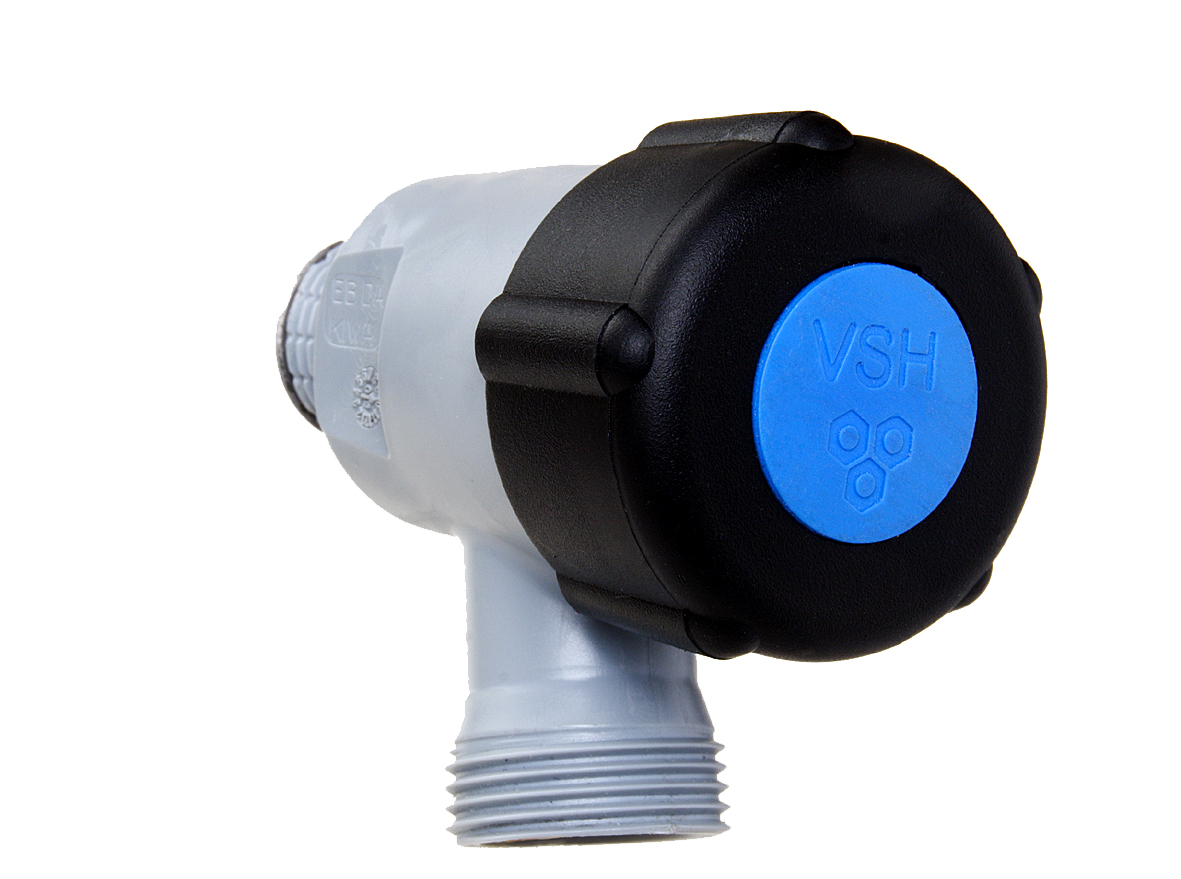









































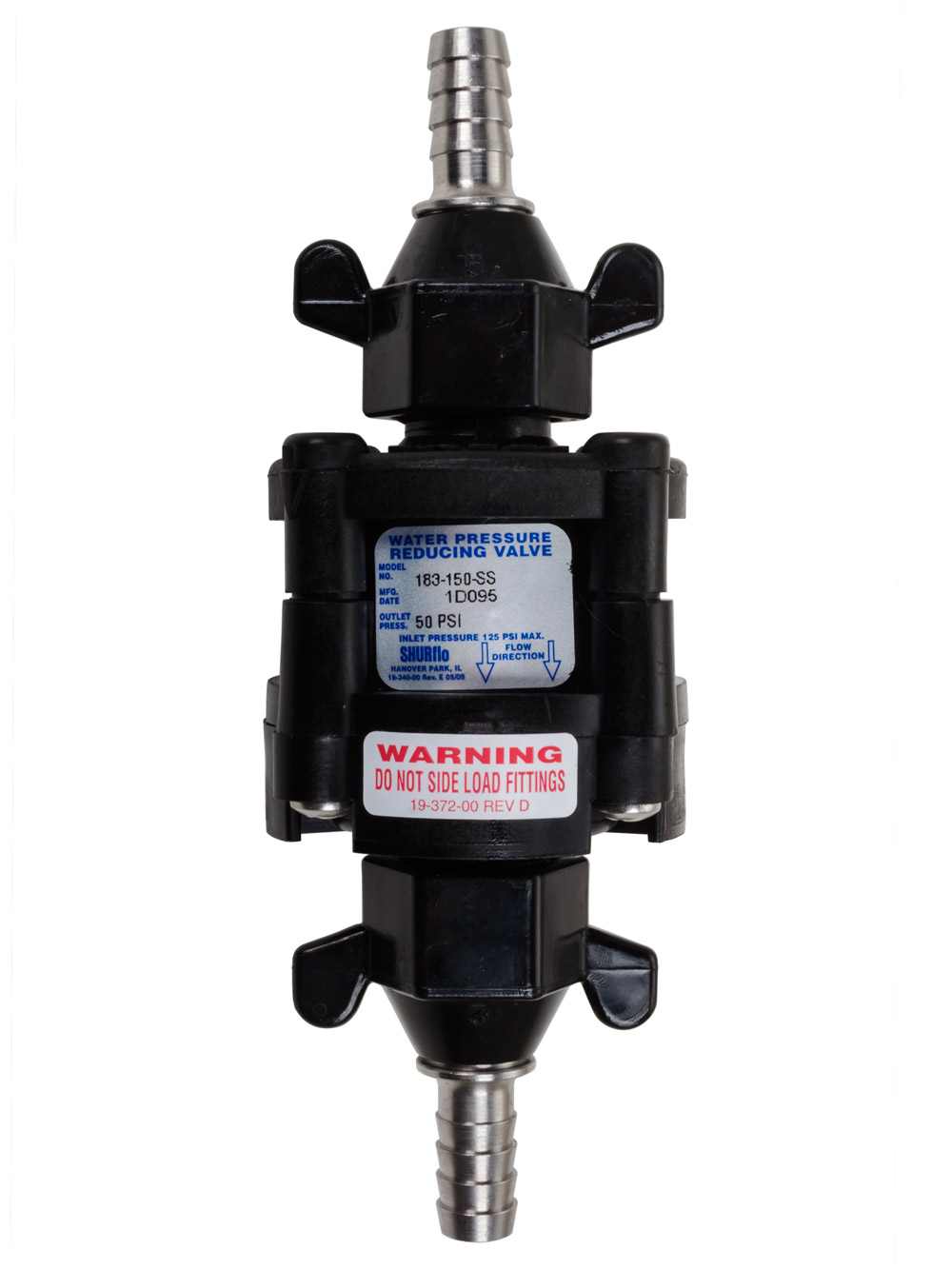


:max_bytes(150000):strip_icc()/the-men-s-hand-opens-the-ball-valve-on-the-collector-1006810456-5c5fc73fc9e77c000159c4af.jpg)





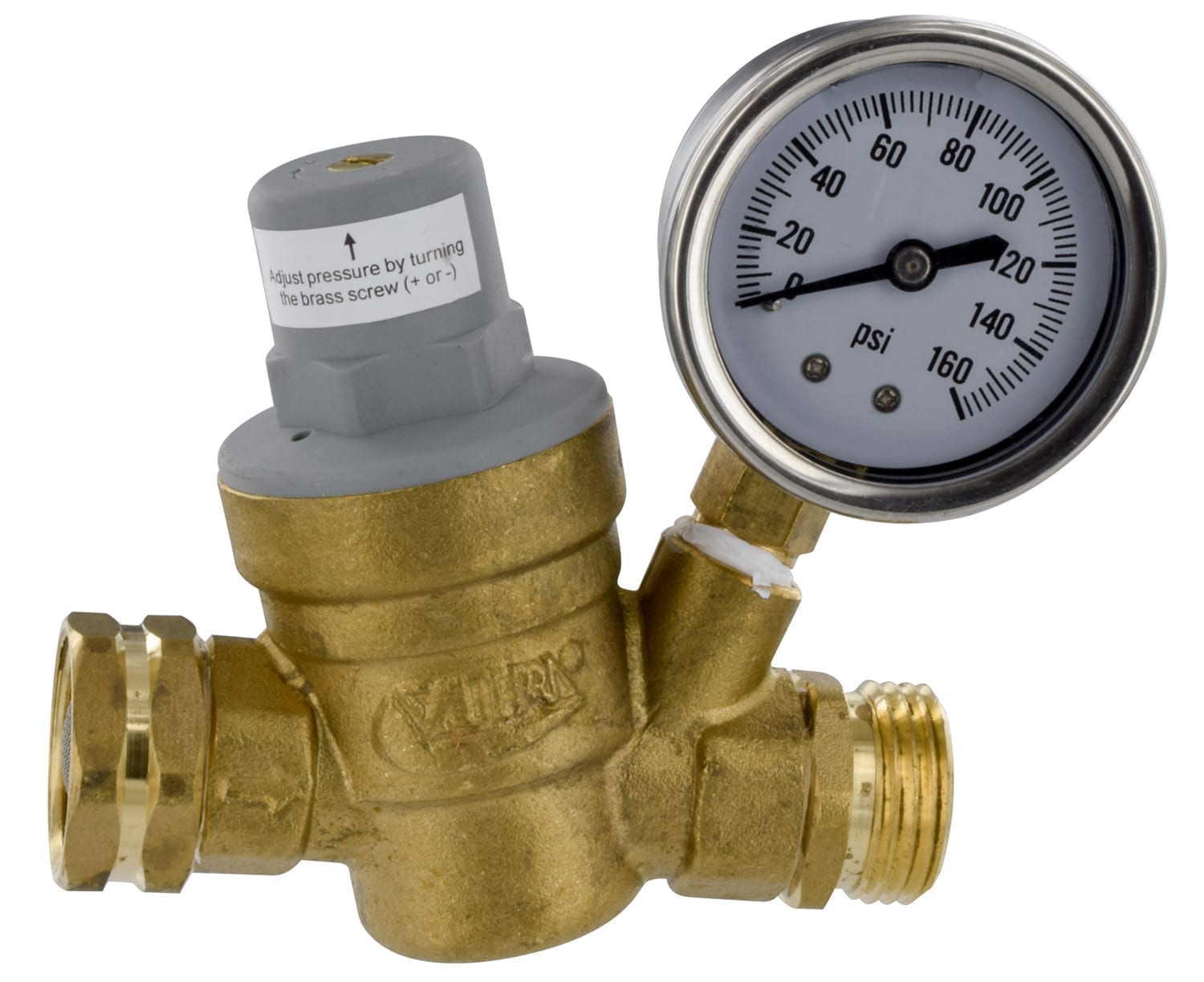









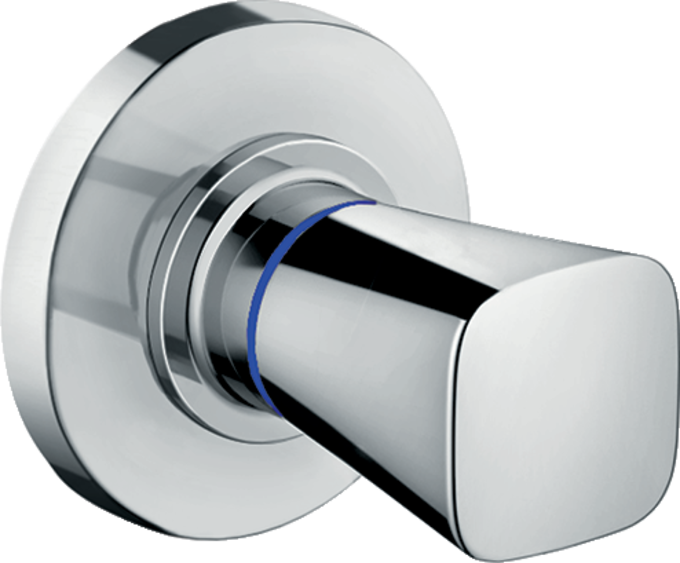

















/hand-turning-down-water-heater-thermostat-171241723-5800e44e3df78cbc2893d1d8.jpg)
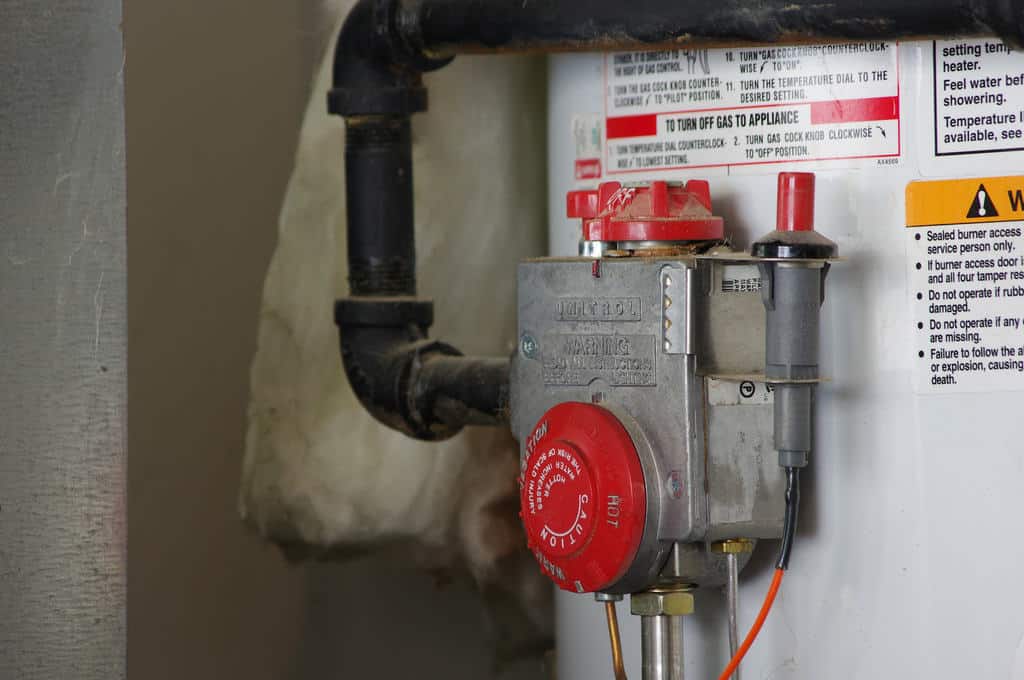








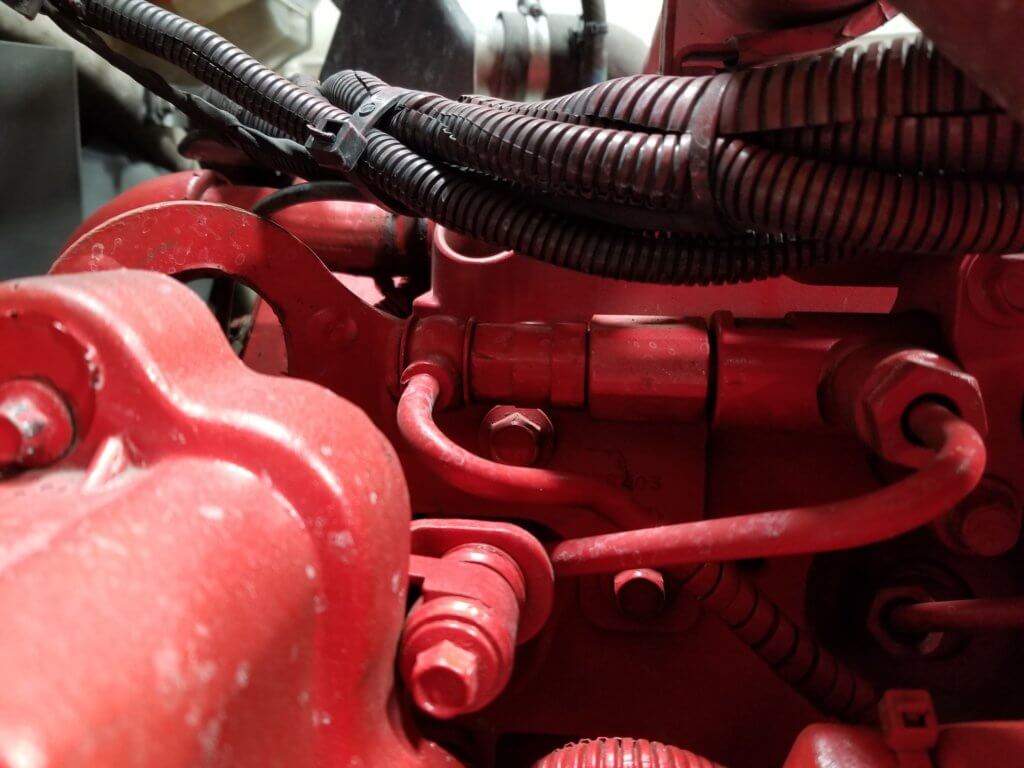




 Cross-Section.png)










